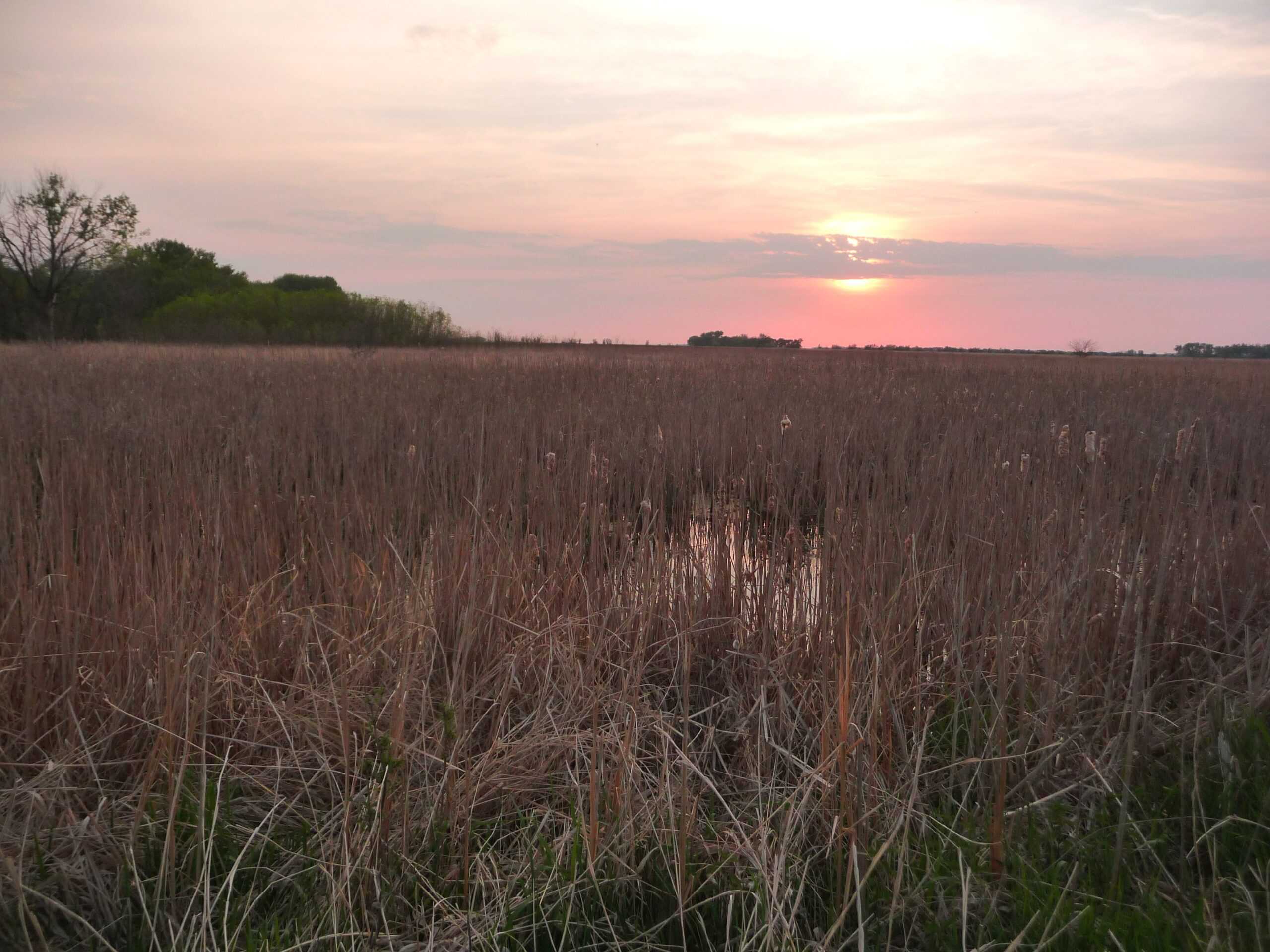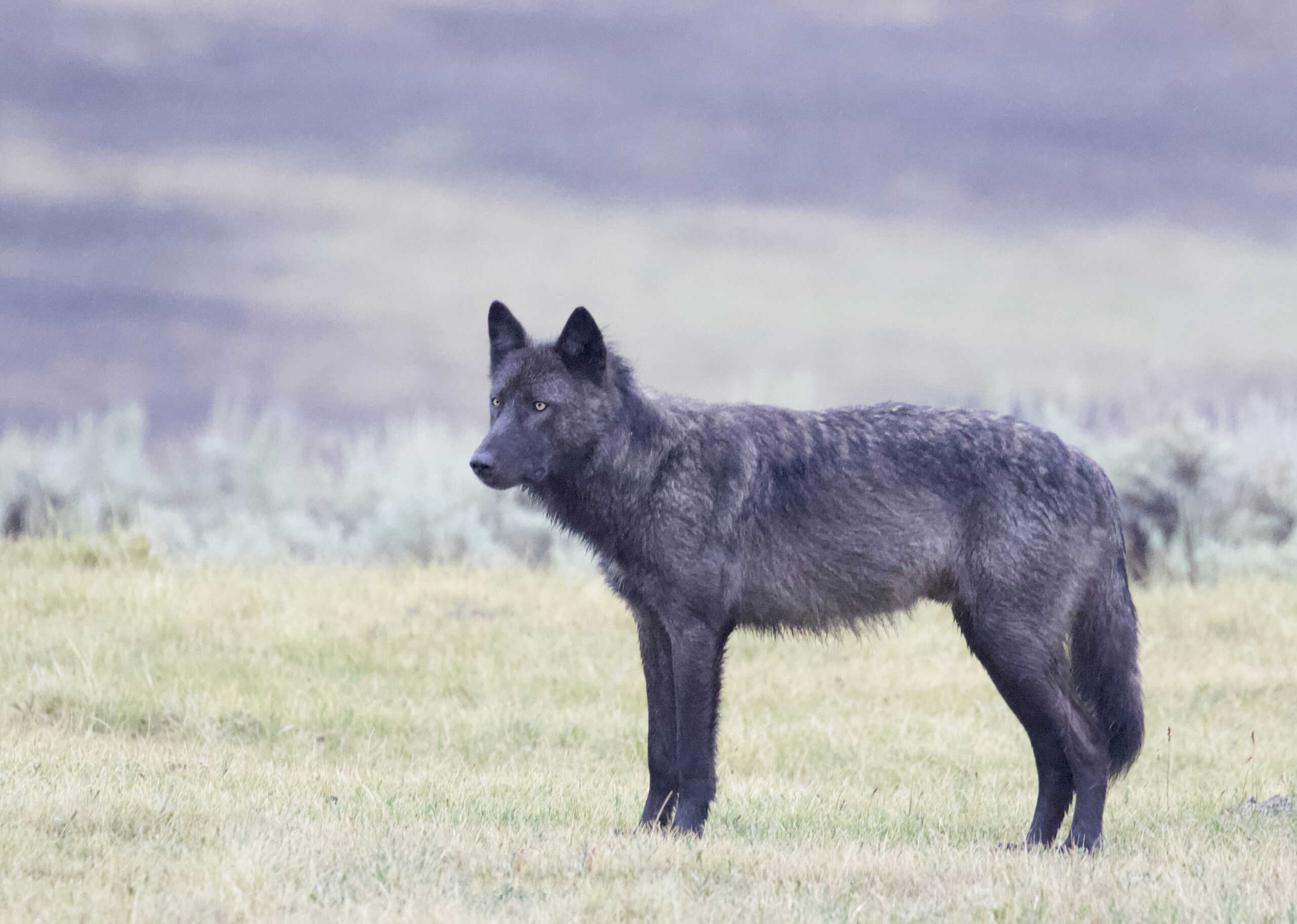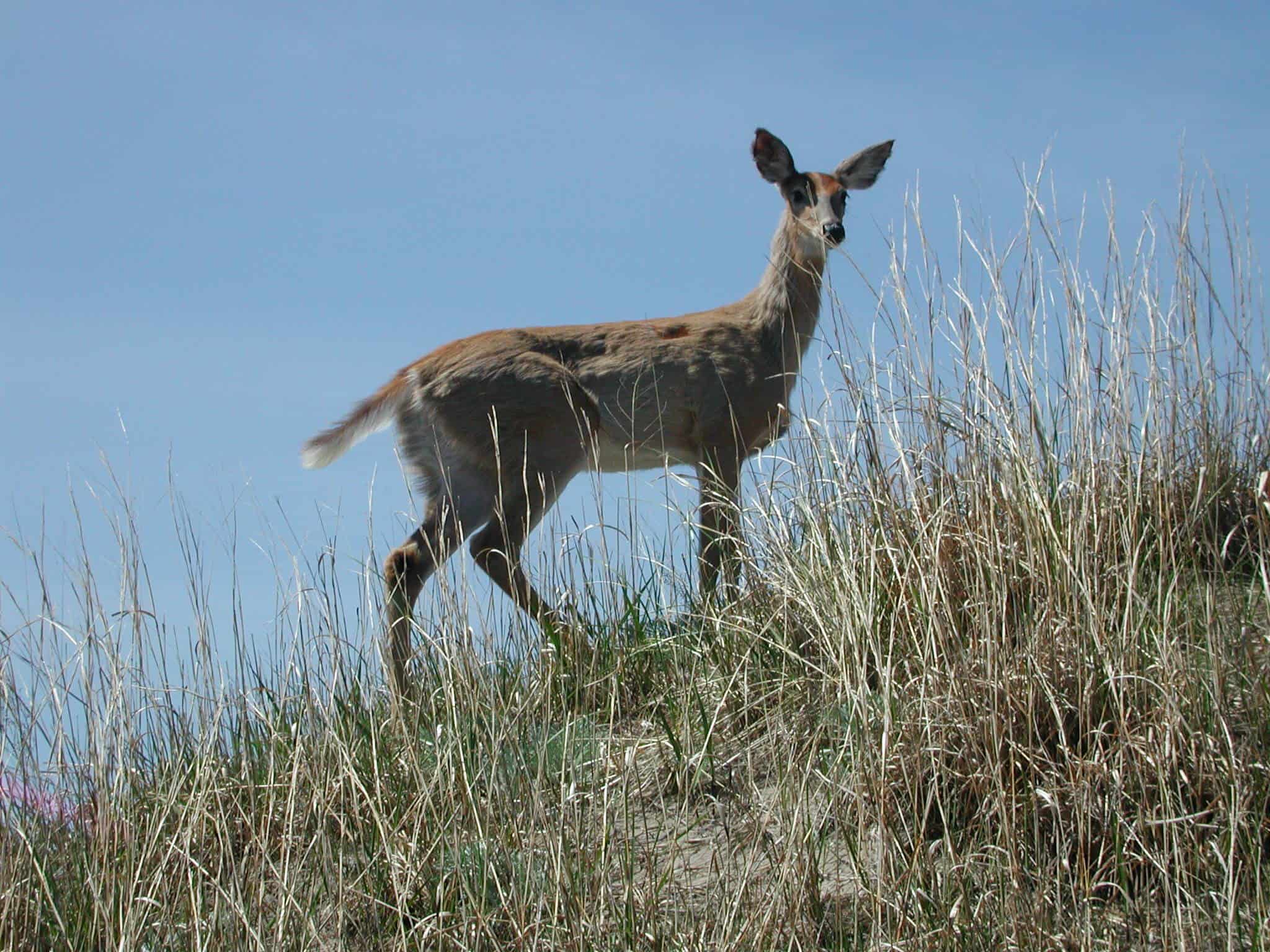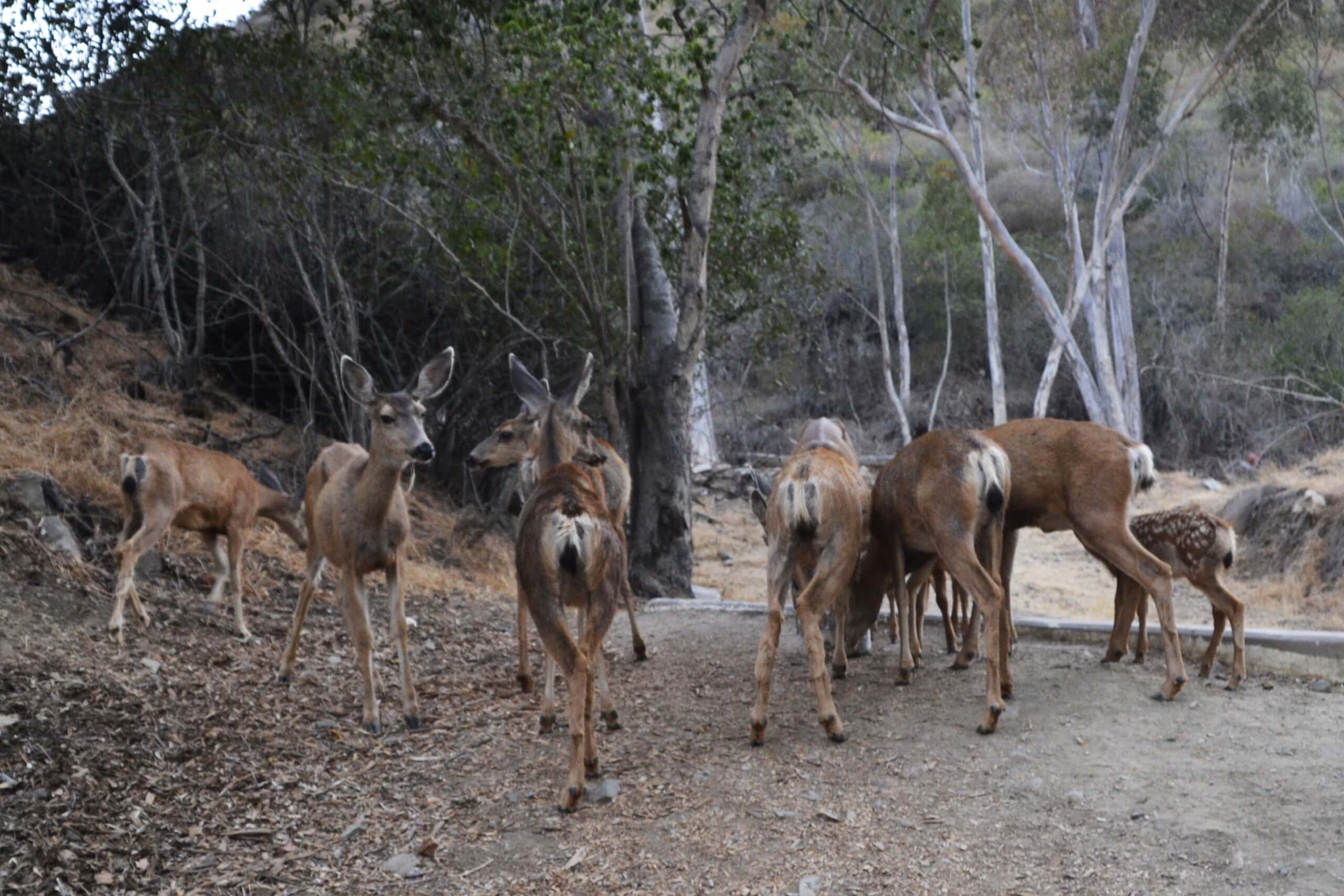Share this article
Wildlife Featured in this article
- American bittern
- least bittern
- pied-billed grebe
- Virginia rail
- sora
JWM: Herbicide treatment benefits Minnesota marsh birds
Species increase in abundance three years after spraying the chemicals
Herbicide treatments to control invasive cattails in Minnesota wetlands help increase the abundance of native marsh bird species.
“There doesn’t seem to be any negative consequence for marshbirds from this attempt to control invasive cattails,” said David Andersen, leader of the Minnesota Cooperative Fish and Wildlife Research Unit of the U.S. Geological Survey. “It’s likely it creates higher quality habitat for [marshbird] species.”
Invasive narrowleaf (Typha angustifolia) and hybrid cattail (Typha x glauca) species have taken over many impounded wetlands in parts of northwestern Minnesota, where there’s a transition area between the Prairie Pothole region to the south and west, and aspen parkland to the north. These impounded wetlands are artificially constructed in existing wetlands to manage water across the landscape—many in wildlife management areas.
Whereas native broadleaf cattails (T. latifolia) grow more sparsely, narrowleaf choke up waterways, changing the ecosystem. While it isn’t totally clear why marshbirds don’t do well in this altered landscape, scientists believe they prefer areas with a mixture of plant cover and open water—possibly for optimal foraging, Andersen said. Wildlife managers applied herbicides to control these invasive plants in the hopes it would improve the ecosystem for native marshbirds and other wildlife.
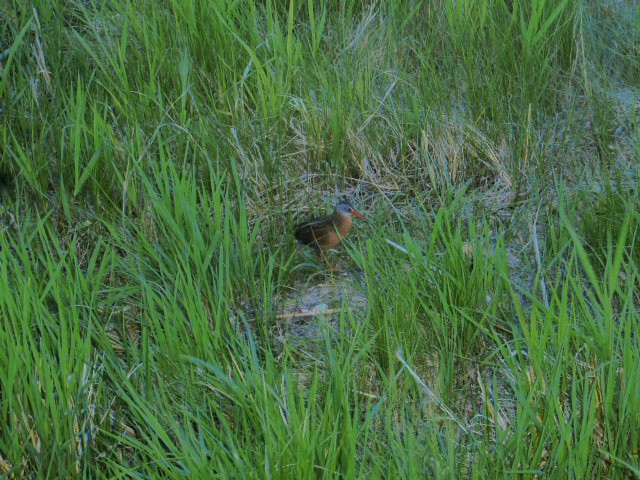
In a study published recently in the Journal of Wildlife Management led by master’s student Nina Hill, Anderson and his colleagues tested if herbicide control actually did benefit marshbirds. Starting in the spring of 2015, they began surveying wetlands by using speakers to play bird calls and listening for responses from five species: American bitterns (Botaurus lentiginosus), least bitterns (Ixobrychus exilis), pied-billed grebes (Podilymbus podiceps), soras (Porzana carolina), and Virginia rails (Rallus limicola). In the fall of 2015, half of the survey areas were treated with herbicide. The researchers conducted surveys for three subsequent springs from 2016 to 2018.
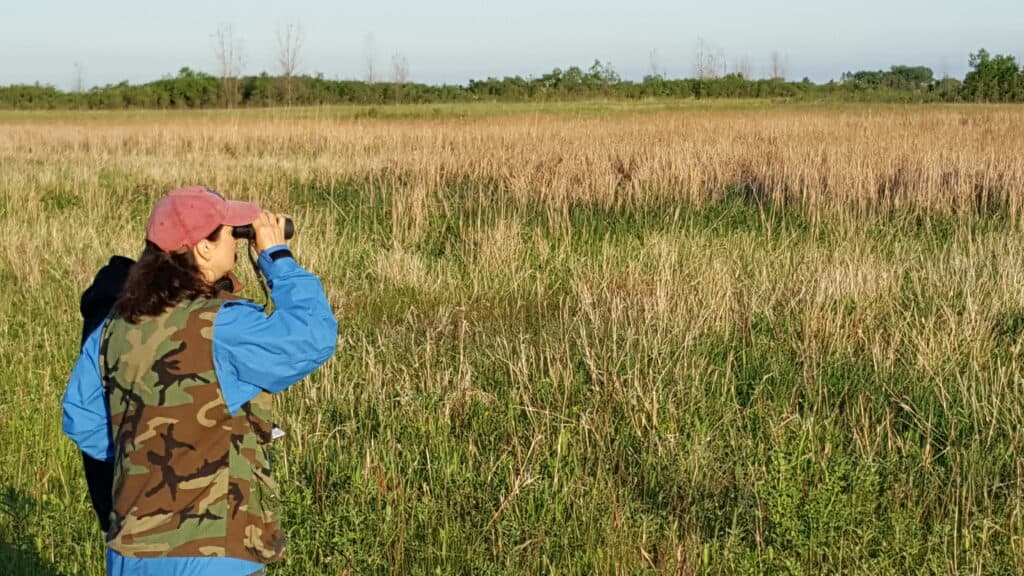
At first, the surveys didn’t reveal anything notable. Numbers of all species didn’t significantly change the spring after herbicide application. But by the third year, the researchers saw increases in bird abundance, particularly in soras and Virginia rails.
“That was one of the more compelling outcomes,” Andersen said.
The pied-billed grebes and American bittern numbers had similar patterns to rails, though not quite as strong. The least bitterns were the most difficult to detect overall due to their relatively soft calls—numbers were inconclusive for any trends for that species.
Andersen said this study shows that the herbicide treatment seems to benefit native marshbirds, with a slight delay. It’s unclear how long this benefit will last, though—future studies will be needed to see how often herbicide applications would be needed to maintain high marshbird populations, he said.
This article features research that was published in a TWS peer-reviewed journal. Individual online access to all TWS journal articles is a benefit of membership. Join TWS now to read the latest in wildlife research.
Header Image: The Manstan Hill Wildlife Management Area was one of the survey areas. Credit: Nina Hill



